Web Analytics After UA: Comparing GA4 Vs Pathmonk Intelligence

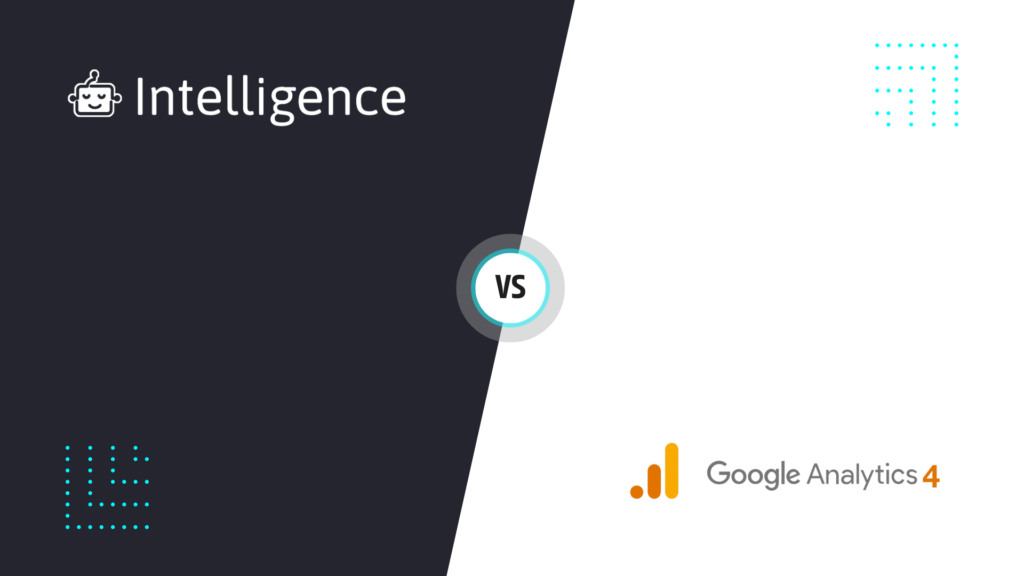
The quest for insightful data and actionable analytics has become paramount for businesses of all sizes. Web analytics, the practice of collecting, analyzing, and interpreting data from online interactions, serves as the compass guiding organizations toward their online success. With the digital world constantly in flux, staying at the forefront of web analytics technology is essential.
Until recently, Universal Analytics (UA) was the go-to choice for web analytics, but its limitations became evident as digital ecosystems continued to expand. In response, Google introduced Google Analytics 4 (GA4), an upgrade designed to meet the demands of modern data analysis. Businesses were forced to switch to GA4 in July 2023, but as marketers transitioned from one platform to the newest version, some serious challenges arose, such as having to transfer all historical data, goals, and custom configurations; losing popular analytics features; and a reconfiguration of setups for reporting, among others.
As Google keeps playing with tags, views, reports, and cookies, a new player has entered the scene: Pathmonk Intelligence.
This blog post delves into the shifting tides of web analytics, exploring the evolution from UA to GA4, and introducing Pathmonk Intelligence as a future-proof alternative. Our goal is that by the end of this article, you have a comprehensive understanding of both tools and equip you with the knowledge to make an informed choice, ensuring your organization’s web analytics strategy aligns perfectly with your digital ambitions.
From Universal Analytics (UA) to Google Analytics 4 (GA4)
Universal Analytics (UA) was the cornerstone of web analytics for many years, offering a range of essential features and capabilities that businesses relied on for understanding their online presence.
While UA was a powerful tool, it had its fair share of limitations that became increasingly evident as digital ecosystems evolved:
- Limited Cross-Device Tracking: UA struggled to provide a complete view of user behavior across different devices, making it challenging to understand the full customer journey.
- Session-Based Tracking: UA primarily relied on sessions as a unit of measurement, which often led to inaccuracies in tracking user interactions, especially in cases of long or complex user journeys.
- Data Sampling: For websites with high traffic volumes, UA frequently used data sampling, which could result in incomplete and potentially skewed data analysis.
- Limited Event Tracking: While UA supported event tracking, it had limitations in tracking complex user interactions and couldn’t provide insights into user behavior at a granular level.
- Privacy Concerns: UA faced increasing scrutiny regarding user privacy, especially with the emergence of stricter data protection regulations like GDPR, making compliance a growing concern.
In this context, GA4 represents a significant leap forward in web analytics, offering a range of features, improvements, and advancements that address the limitations of its predecessor, UA:
- Event-Centric Tracking: GA4 shifts from session-based tracking to event-centric tracking, allowing you to capture and analyze user interactions more accurately. This change enables a deeper understanding of user behavior across the entire customer journey.
- Enhanced Cross-Platform Tracking: GA4 excels at cross-platform tracking, offering a unified view of user interactions across websites, mobile apps, and other digital platforms.
- Flexible Reporting: GA4 offers more flexible reporting and analysis options, enabling you to create custom reports and dashboards tailored to your unique needs. This flexibility enhances the depth of insights available to marketers.
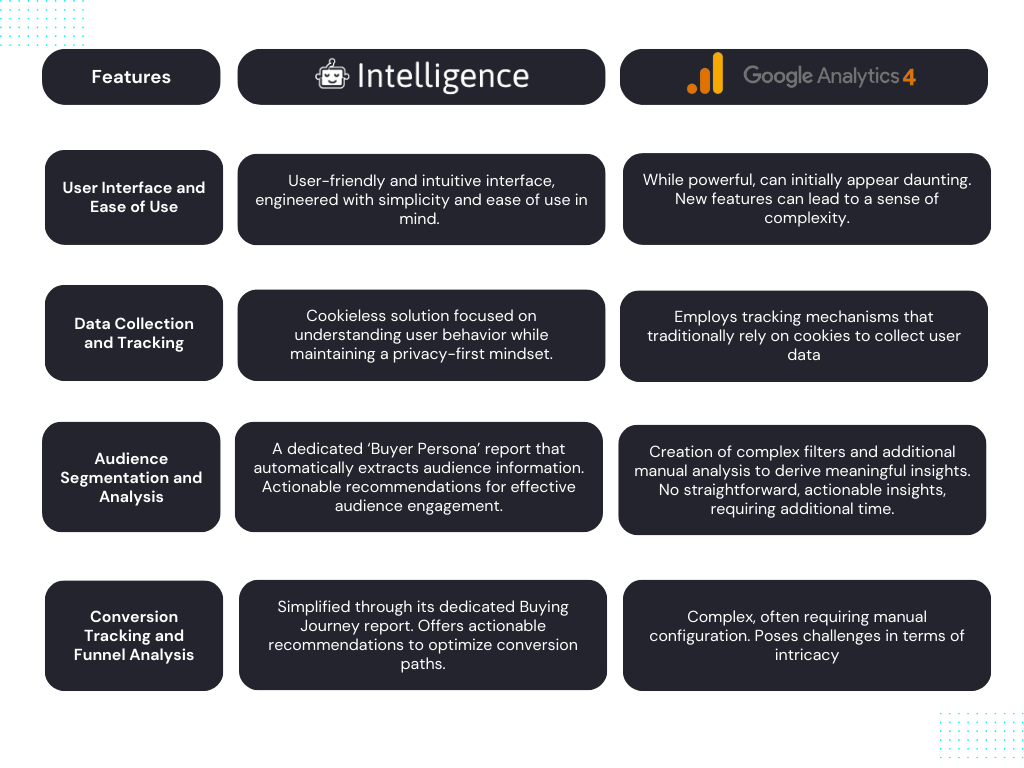
Challenges of Switching from Universal Analytics to GA4
The shift from UA to GA4 wasn’t without hurdles, and marketers found themselves navigating through uncharted territory. These challenges included:
- Data Migration Challenges: The process of migrating historical data from UA to GA4 can be intricate. Marketers need to ensure a seamless transfer of critical data, such as goals, events, and e-commerce tracking, to maintain continuity in their analytics efforts.
- Learning Curve: The differences between UA and GA4 in terms of tracking mechanisms and user interface can pose a steep learning curve for marketers. Teams often need training and time to become proficient in utilizing GA4 effectively.
- Customization Adjustments: If you have heavily customized your UA setup you may need to reconfigure your tracking parameters and measurement strategies to align with GA4’s event-based tracking model.
- Loss of Familiar Features: Some features that were available in UA either no longer exist or have been altered significantly in GA4. This requires you to find alternative ways to achieve your goals.
- Integration Compatibility: Businesses that rely on third-party integrations with UA may face compatibility issues when integrating these tools with GA4. Ensuring a seamless integration experience can be a time-consuming endeavor.
- Adjusting to New Metrics: GA4 introduces new metrics and dimensions, which you need to understand and incorporate into your reporting and analysis processes.
- Resource Allocation: The migration to GA4 often requires the allocation of time, resources, and budget to ensure a smooth transition. You need to plan for these additional costs and resource requirements.
Pathmonk Intelligence, the Cookieless Solution for Web Analytics
Pathmonk Intelligence revolutionizes website analytics by offering a comprehensive suite of tools designed to empower marketers and website owners like you with deep insights into user behavior, intent, and attribution modeling. Unlike traditional analytics platforms, Pathmonk Intelligence operates without cookies, ensuring privacy compliance while delivering valuable data-driven insights.
This is how Pathmonk Intelligence operates.
- Seamless Installation: Implementing Pathmonk Intelligence on your website is a straightforward process that takes mere seconds. Our plug-and-play solution eliminates the need for extensive coding or technical expertise. As soon as it’s integrated, the system automatically commences the compilation of user behavior data.
- Real-time Analysis Without Cookies: Pathmonk Intelligence shines in its real-time data analysis capabilities. It continuously monitors and analyzes user interactions with your website, all without the reliance on cookies. This means that data collection remains accurate and compliant with stringent privacy regulations.
- AI-driven Insights: The heart of Pathmonk Intelligence lies in its cutting-edge artificial intelligence algorithms. These sophisticated algorithms process data from various marketing channels, distilling it into actionable insights that drive conversions. This robust data analysis simplifies decision-making and optimizes marketing strategies.
Intuitive Cookieless Analytics for Your Web
Understand your customer journey, find drop-offs, and receive actionable insights with AI.
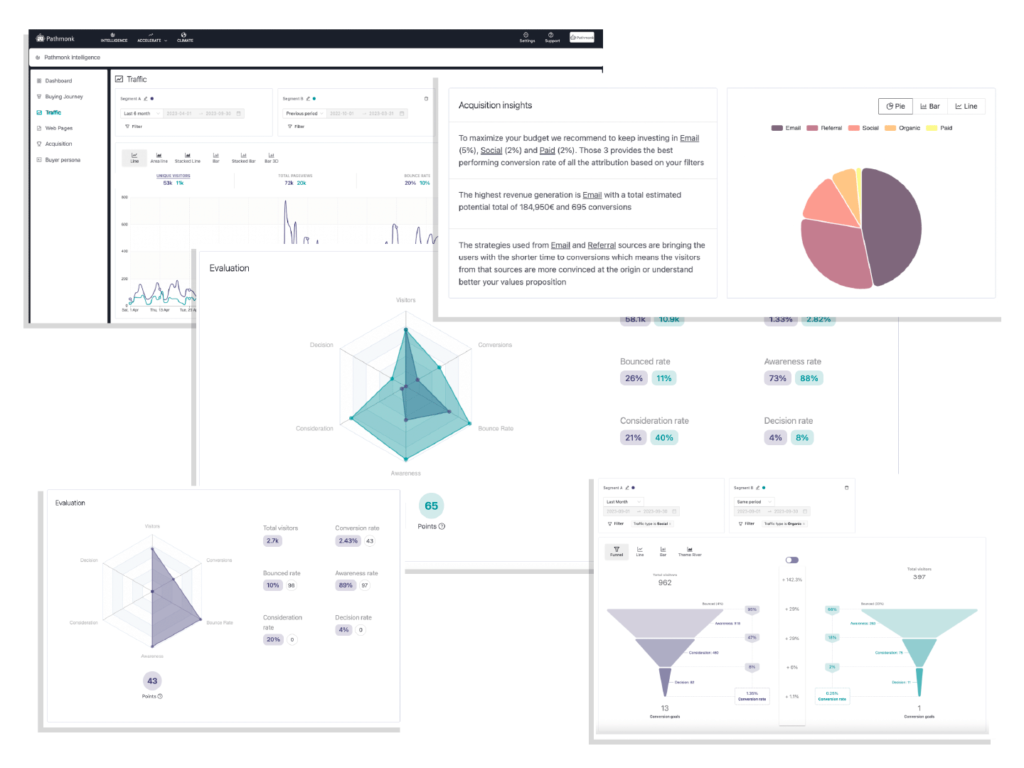
GA4 vs. Pathmonk Intelligence: A Comparative Analysis
User Interface and Ease of Use
GA4 introduces a revamped interface that, while powerful, can initially appear daunting, especially for marketers who are making the switch from UA. The introduction of event-centric tracking, the rearrangement of menus, and the inclusion of new features can lead to a sense of complexity.
Additionally, for those familiar with UA, adjusting to GA4’s interface and its event-based tracking approach can require time and training. It’s important to recognize that the transition may initially disrupt established workflows and reporting practices.
Pathmonk Intelligence, however, stands out for its user-friendly and intuitive interface, engineered with simplicity and ease of use in mind. Marketers find it easy to navigate, with clear menu structures and intuitive options.
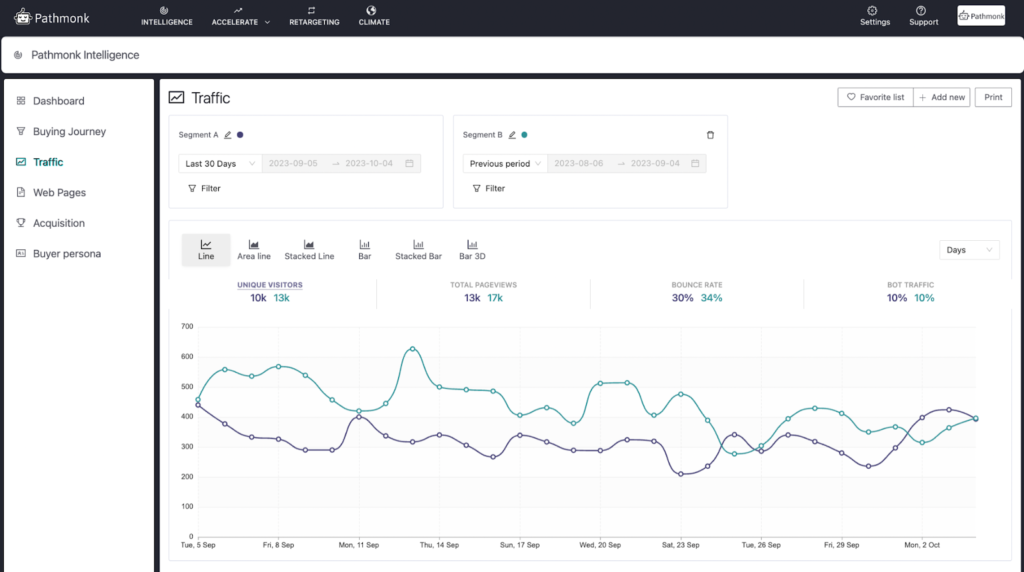
Whether you’re an experienced analyst or a newcomer to web analytics, you can quickly adapt to Pathmonk Intelligence’s interface. The platform’s intuitiveness reduces the learning curve, allowing you to focus on deriving insights rather than grappling with the tool itself.
Data Collection and Tracking
Google Analytics 4 employs tracking mechanisms that traditionally rely on cookies to collect user data and interactions. While cookies have been a fundamental part of web analytics for years, they have faced growing challenges due to privacy concerns and increasing restrictions on data tracking. Browser settings can also impact the accuracy of data collection.
Pathmonk Intelligence distinguishes itself as a cookieless solution, offering a novel approach to data collection and processing, which is particularly relevant in an era where traditional cookie-based tracking faces hurdles.
Pathmonk Intelligence’s approach is user-centric, focusing on understanding user behavior and preferences while maintaining a privacy-first mindset. This aligns with the evolving data protection regulations and user expectations for transparency and control over their data.
Pathmonk Intelligence uses advanced technology to capture and process data without relying on cookies. This innovative approach ensures data accuracy while respecting user privacy, making it a reliable solution in an environment where cookies are becoming less reliable and more restricted.
Audience Segmentation and Analysis
In Google Analytics 4 audience segmentation is available but can be challenging, often necessitating the creation of complex filters and additional manual analysis to derive meaningful insights. While it offers the tools for segmentation, GA4’s interface may pose a learning curve, especially for newcomers. Furthermore, once segments are created, GA4 may not always provide straightforward, actionable insights, requiring marketers to invest additional time and effort into interpretation.
In contrast, Pathmonk Intelligence presents a more user-friendly and insightful approach to audience analysis. It features a dedicated ‘Buyer Persona’ report that automatically extracts a comprehensive range of audience information, including interests, behavior patterns, and preferences. What sets Pathmonk Intelligence apart is its capacity to not only furnish data but also provide actionable recommendations for effective audience engagement. This means that you can quickly adapt your strategies to resonate with your audience on a deeper level, making it a valuable tool for maximizing the impact of your campaigns.
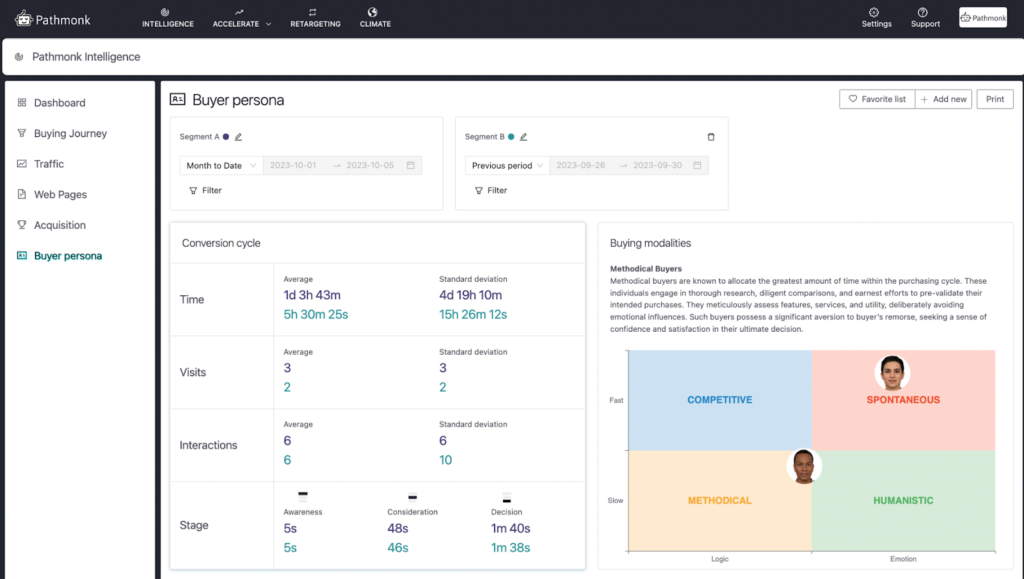
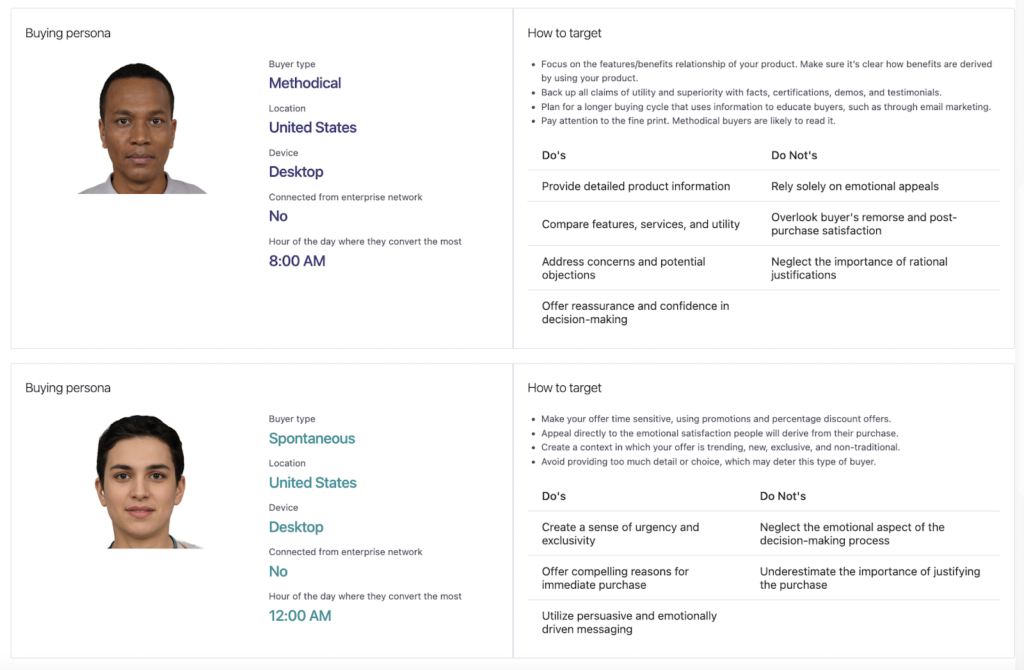
Conversion Tracking and Funnel Analysis
In GA4, conversion tracking, and funnel analysis are available but can be complex, often requiring manual configuration of conversion events and goals. While offering robust capabilities, GA4’s setup process may pose challenges in terms of intricacy.
Pathmonk Intelligence offers a simplified approach to conversion tracking and funnel analysis through its dedicated Buying Journey report. This report not only provides comprehensive insights into conversion events, including user journeys and touchpoints but also offers actionable recommendations to optimize conversion paths effectively. Additionally, you can access the Top Conversions section to understand which pages have led to higher conversions.
Pathmonk Intelligence’s user-centric perspective enhances the understanding of why users take specific actions, making it a valuable tool for maximizing conversion rates and overall performance.
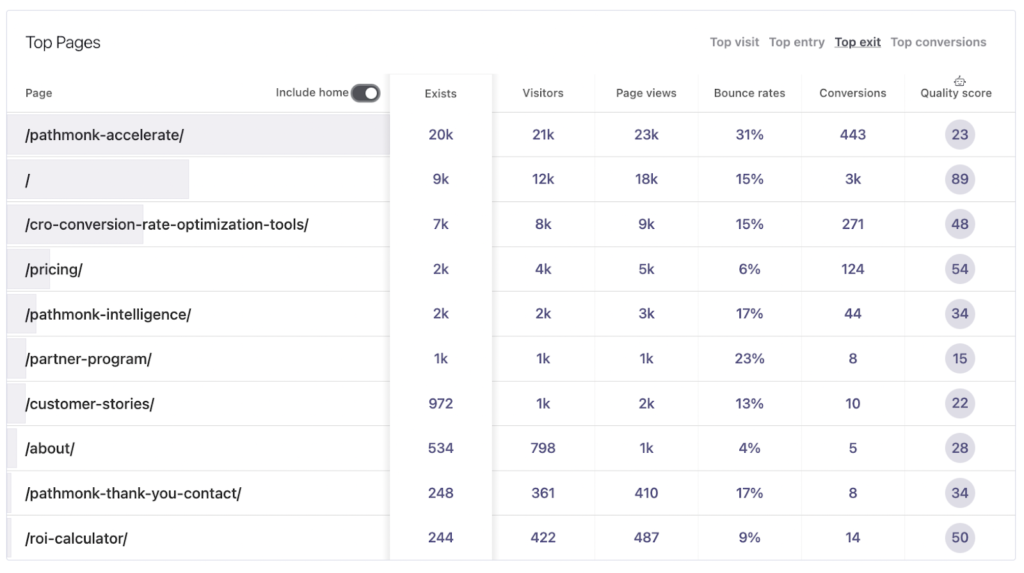
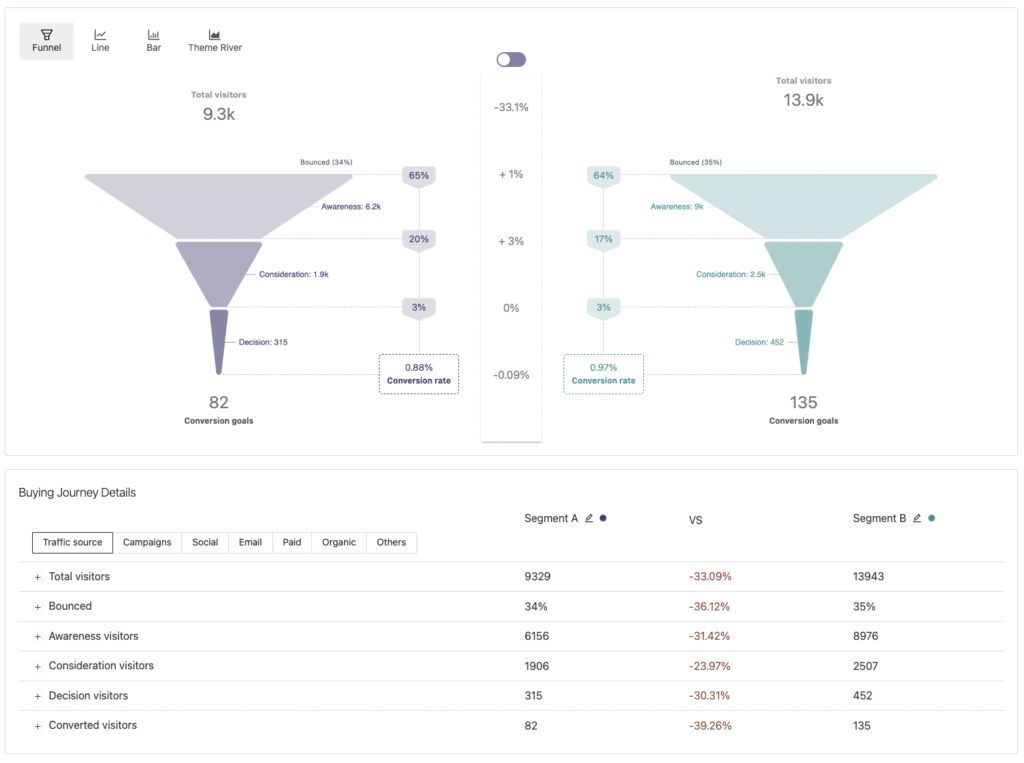
Conclusion: Enough Data Headaches, Hello Data-Driven Success
The journey from Universal Analytics to Google Analytics 4 has been marked by challenges and opportunities. While GA4 has introduced transformative features and capabilities to meet the demands of modern data analysis, it has also presented complexities in terms of data migration, interface adaptation, and audience segmentation. As we’ve explored, GA4 is a robust platform with vast potential, but its intricacies can sometimes require additional effort and expertise to harness fully.
However, amid this transition, a fresh contender is redefining web analytics. Pathmonk Intelligence, with its cookieless technology, simplifies user interface design and offers a user-centric perspective. Pathmonk Intelligence excels in providing deeper insights into user behavior, offering actionable recommendations, and streamlining conversion tracking and funnel analysis. It’s a promising choice if you’re looking to simplify the data analytics journey and stay ahead in an environment marked by evolving privacy regulations and user expectations.





